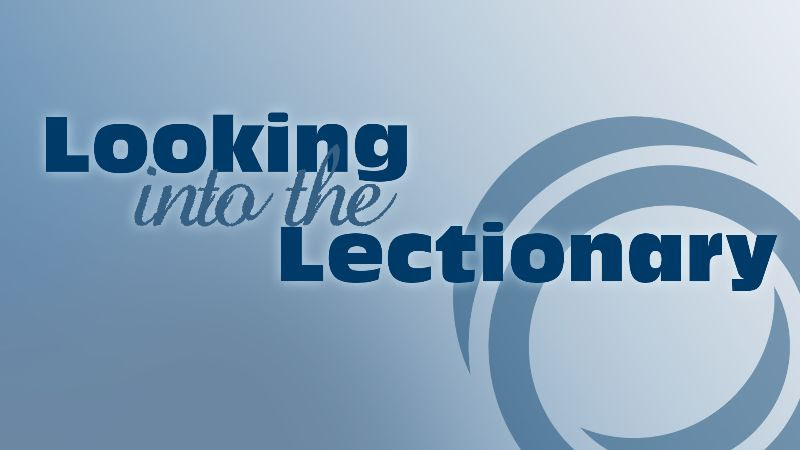The Gospel text for August 18 continues the lectionary’s journey through John 6, the culmination of Jesus’ ministry in Galilee. This chapter weaves together statements about bread, life, eternity, flesh and relationship with God beginning with Jesus’ feeding of the large through the Eucharistic overtones in today’s text. It also contains one of John’s distinctive “I am” sayings, pointing to Jesus’ identity: “I am the Bread of Life” (v. 35). At one level, John 6 is a conversation between Jesus and his followers about bread and eating. Or so it seems. But in John, there are always multi-layered meanings and polyvalent symbols. If we settle too quickly on one understanding of the text, we are impoverished. The chapter is not just about eating but is a revelatory discourse by Jesus on faith and his identity. At the heart of the discourse is John’s reflection on what faith is, who Jesus is, and how we as believers participate in Christ’s life. Our passage begins: “I am the living bread that came down from heaven. Whoever eats of this bread will live forever; and the bread that I will give for the life of the world is my flesh” (v. 51). This is not a simple proposition. How is Jesus living bread? What does it have to do with eternal life? How is this bread Jesus’ flesh, and are we indeed asked to eat it? It was clearly confusing to his hearers. They immediately dispute among themselves, “How can this man give us his flesh to eat?” (v. 52). And later in verse 60, they say, “This teaching is difficult, who can accept it?” A preacher engaging this text might begin by acknowledging that there is mystery and depth in this text. It has no one singular understanding or meaning. There are themes and truths and hearkenings to other biblical texts, however, that offer rich direction for sermons. Here are some that I find evocative and applicable. ...
Thanks to this week's writer Barbara Chaapel. Read the rest of the commentary on the website. | 









No comments:
Post a Comment